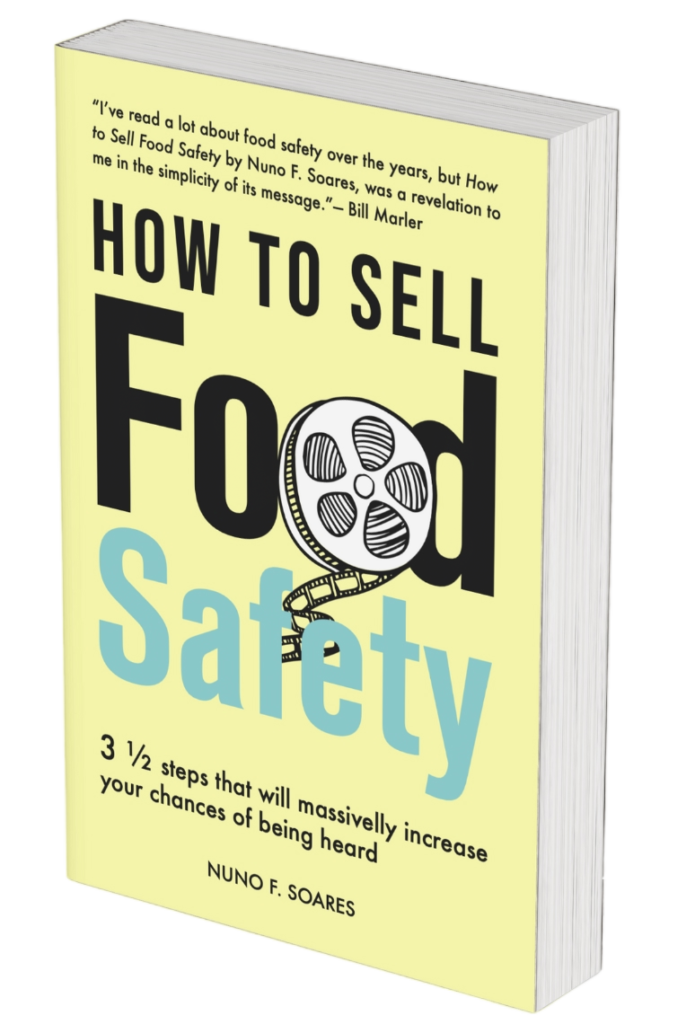
While Food Safety Culture in some regions/countries is making its way into a regulatory requirement (e.g. European Union and Dubai) or at least strong recommendation, this explicit requirement adds a tangible dimension that resonates across the entire business spectrum.







